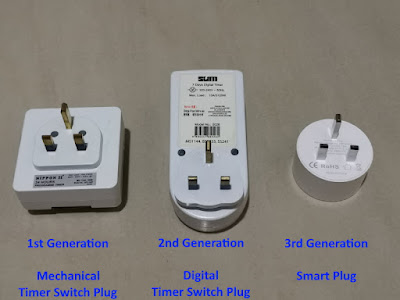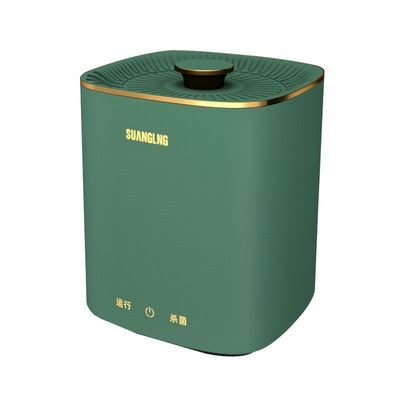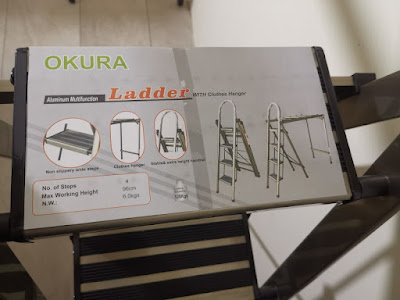A few months back, when I upgraded my CyberPower UT800EG UPS with APC BV1000I-MSX 1kVA/600W Easy UPS for power protection to my desktop PC and network equipment, I've relocated the old CyberPower UT800EG UPS to my living room to provide power protection for my TV, IPTV box and cordless phone.
Later, I decided to retire the old UPS and to protect my TV, IPTV box and cordless phone with a more proper Automatic Voltage Regulator (AVR).
Advantages of replacing the old CyberPower UT800EG UPS with a CyberPower CL1000EVR AVR:
- At the cost of below RM100, the CyberPower CL1000EVR AVR is cheaper than the UPS.
- Generally, AVR has a very long lifespan of easily more than 10 years, while UPS has a much shorter lifespan.
- The battery in the UPS can only last around 2 years. After that, it would need to be replaced for the UPS to continue function as designed. Faulty battery could also be a potential cause of fire hazard.
- Output voltage regulation with surge protection and AVR function (prevent overvoltage as well as undervoltage)
- Overload protection with circuit breaker
The seller has attached a flyer of CyberPower range of products in UPS, AVR and surge protector, which I find is pretty useful in providing comparison information among them.
Surge protector power extension could be an even cheaper option, but bear in mind that:
- Surge protector can only protect overvoltage spikes but not undervoltage.
- Surge protector cannot regulate the voltage waves.
- Surge protector normally makes use of varistor to capture the spikes. The varistor itself has a limited lifespan, and it sacrifices itself to capture the spikes. For each spike it captures, its lifespan will reduce tremendously.




















































